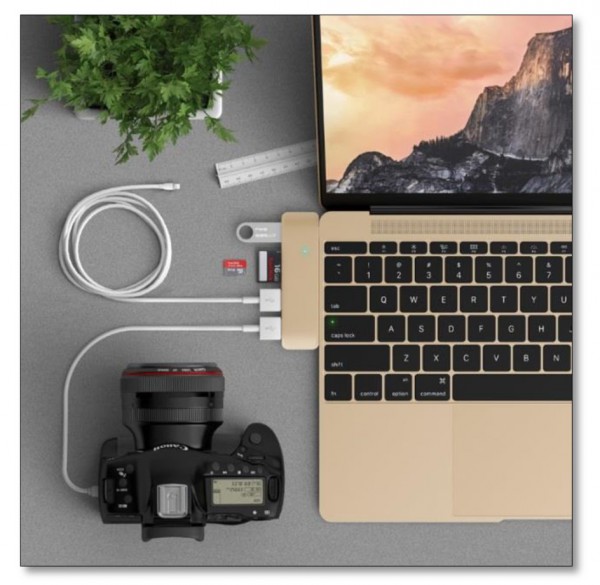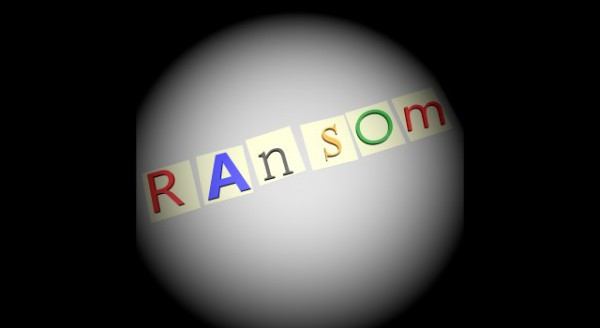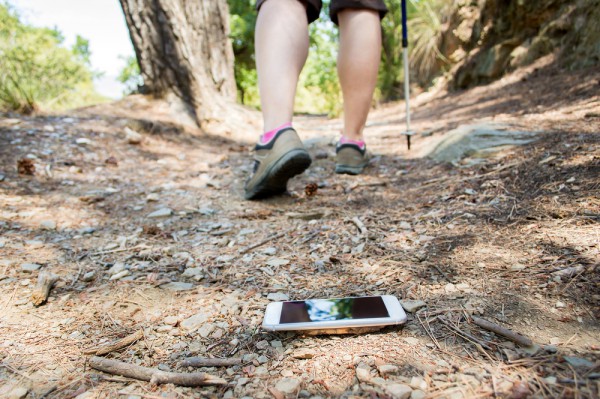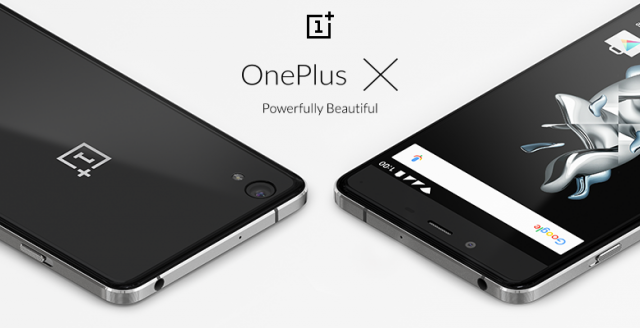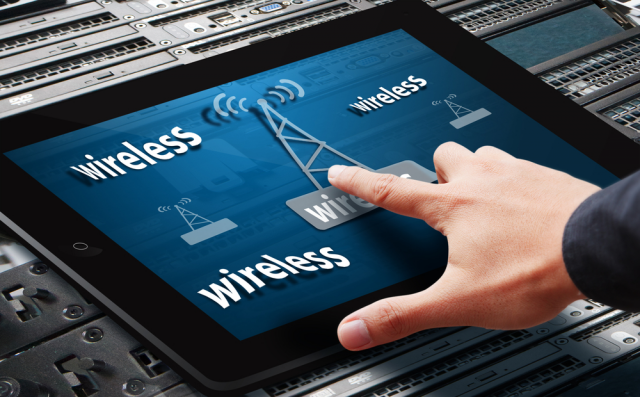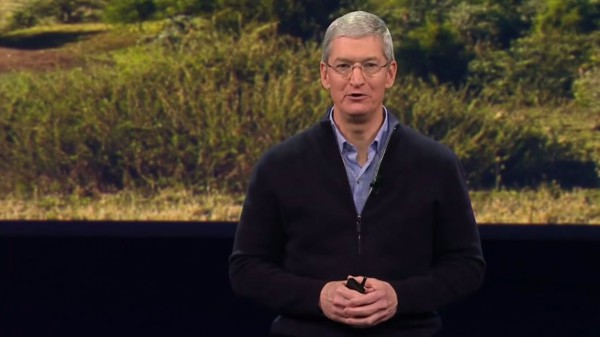
The haughty headline from yesterday's Apple fiscal fourth quarter 2015 earnings report isn't big revenue or profit performance ($51.5 billion and $11.1 billion, respectively), but a figure given by CEO Tim Cook during the analyst call: "We recorded the highest rate on record for Android switches last quarter at 30 percent".
Blogs, and some news sites, set the statement off like an atomic blast of free marketing for Apple. The fallout spreads across the InterWebs this fine Wednesday, largely undisputed or corroborated. Just because Cook claims something doesn't make it true. To get some perspective, and to either correct or confirm the public record, today I asked a half-dozen analysts: "Does your analysis of the smartphone market support that assertion?"
But beyond the question: How did Apple collect the data? Apple Store impromptu polling? The recently released "Move to iOS" app for Android? Cook's statement could easily be technically accurate if the latter, while being misleading. Better analytics doesn't mean an increase in switchers.
Analysts Answer
The real proof comes as analysts release sales, shipment, or subscriber data for calendar third quarter. Even then, much depends on where, which is another way the 30-percent figure could be misleading while being technically accurate. Neither mobile platform is adopted consistently around the world. "Trends are different in different markets, with the US seeing the least amount of switchers", Carolina Milanesi, Kantar WorldPanel's chief of research and head of US operations, says.
Her statement jives with comScore, which for the three months ending August 31st, puts the Android-to-iOS switcher rate at 8 percent. But NPD's US consumer research more closely aligns with Apple's. "In looking at our Q3 consumer tracking that looks about right" Stephen Baker, vice president of industry analysis, says about Cook's claim. "Of the Apple buyers who answered the question about what phone they owned previously about 30 percent said not an iPhone but something else".
But "not an iPhone" would logically include more than Android and raises alarm about Apple's number. To his credit, UBS analyst Steve Milunovich asked Cook what the figure means during yesterday's conference call: "In terms of new customers, just wanted clarity on the switcher number, are you saying that 30 percent of iPhone shipments in the quarter went to android switchers to iOS?" Cook answered:
What this means is that for customers to purchase an iPhone last quarter and replace the smartphone that 30 percent of those switched from an Android device. And so there would have been some switchers on top of that from other operating systems. But, obviously, Android is the largest one by far. And so that's what that means, and that number is the largest that we've ever recorded since we began measuring it three or so years ago. And so, it’s a huge number. We're very, very proud of that number.
My timing asking analyst response is unfortunate, since most firms haven't fully baked their calendar third-quarter smartphone reports. Kantar WorldPanel drops data next week, for example. While we wait, Milanesi referred me to a May statement that corroborates Cook' assessment in one region but for three months earlier: "Across Europe's big five countries during the first quarter, 32.4 percent of Apple’s new customers switched to iOS from Android".
Disparate Desertion
I wondered about how disproportionately might different regions be represented, asking Milanesi: " Given that China is the world's largest smartphone market, where Android's presence is big, how much growth there could account for the 30-percent claim? Or even Europe and US?"
She repeated something tweeted yesterday, and added more: "If you think that in China 56 percent of new iPhone buyers came from Android and in Europe that numbers averages at in Europe they are 29 percent, you can see how those two offset the weaker number in the US, which is 11 percent".
That the world's largest smartphone market would be higher, while the second biggest is much lower, shouldn't surprise. US iPhone adoption is high, by comparison to most every other region, if not all. For example, based on smartphone subscriber share, iOS was 44.1 percent for the three months ending August 31st, compared to Android at 51.7 percent, according to comScore.
However, by sales, the US market measures differently, and that's where final calendar Q3 data will matter assessing the veracity of Cook's claim. For example, again, by smartphone OS sales share, Kantar WorldPanel reports that in second quarter, Android's US share was 66.7 percent, compared to 28.4 percent for iOS. China: Android, 78.1 percent; iOS, 19.4 percent. In context of Android's dominance, 56 percent switchers, while significant, is less than it seems. Reminder: That number is for Q3, while the others are Q2.
Among the five European Countries and Russia, Q2 sales share shows Android between 71 percent and 89.5 percent, depending on locale. United Kingdom is the grand exception, where Android is 51.4 percent and iOS 33.7 percent. Assuming large disparities between the two mobile platforms, 30 percent switchers is unsurprising.
Flipped around, the number is smaller than the headlines make out. Generously assuming that other mobile operating systems add another 5 points to Cook's claim, then at least 65 percent of iPhone buyers were existing customers during calendar Q3. The loyalty rate is meaningful and enviable. Nevertheless, sales are largely contained within the existing customer base, which presumes that Android's overwhelming dominance will not diminish in these countries.
What I want to know, and maybe analysts can answer later: What is the Android loyalty rate, and how many new buyers are iOS switchers?
Android Abandonment
I asked the analysts to offer opinions about Android-to-iOS switching. Two of them answered. Milanesi responds:
- "Larger screens"
- "Lowers prices on the iPhone 5S (much more interesting proposition than the 5 and the 5C were)"
- "Weaker brand power in the Android market as Samsung lost some of its shine in Europe and recent flagship have not been driving excitement"
"There is a catching up going on I think of people who left iPhone for Android because of screen sizes", Baker adds. "I also think that we are seeing, with the increased availability of lower-cost iPhones, folks switching into iPhone as a better platform that maybe they stayed away from because of cost. And I think the growth of installment plan purchasing lowers the initial cost of getting an iPhone so that has opened them up to a new market, and, finally, because Apple has such dominant share all the carriers—and retailers—promote the iPhone the most with the best deals because it brings in the most customers".
Yes, in the United States, iPhone ads are everywhere, so much: why would the average consumer think there is anything else to choose?
Cook's claim likely is technically true, somewhere. Based on comScore and Kantar WorldPanel data, the number is inaccurate for the United States, about right for Europe, and too low for China. Elsewhere? We should soon know.
We wait for the analyst calendar Q3 data that matters more—not that many people will remember, now that bloggers have polluted the public record with free marketing for Apple. The 30 percent of Android switchers is what will be remembered.



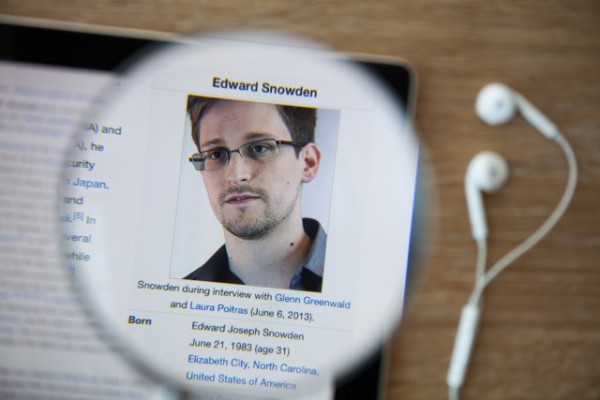


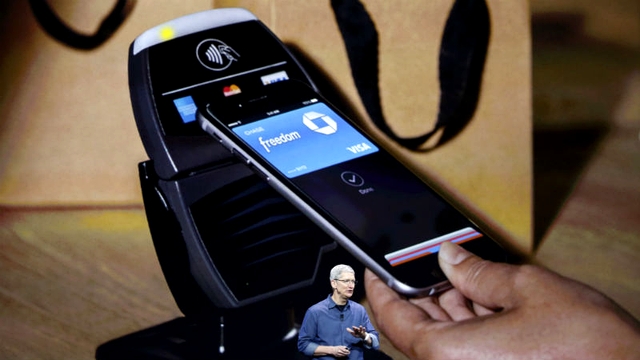
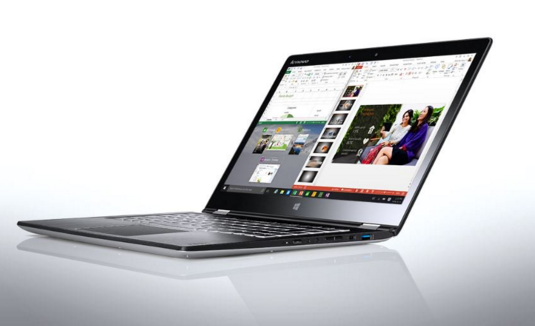
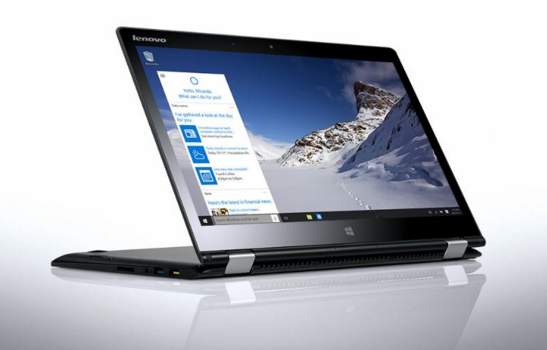


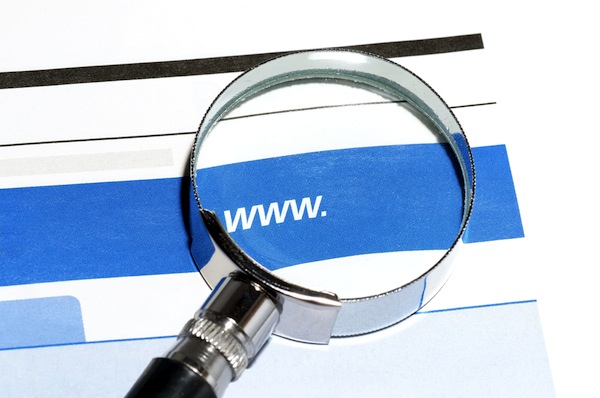
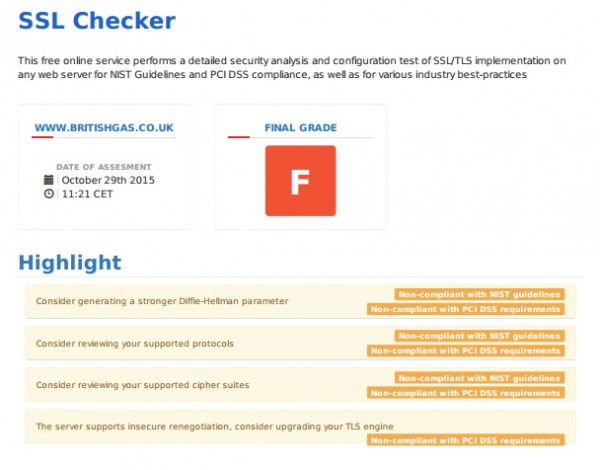
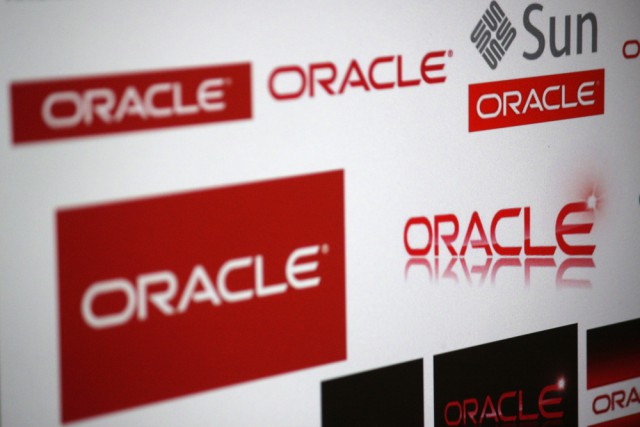
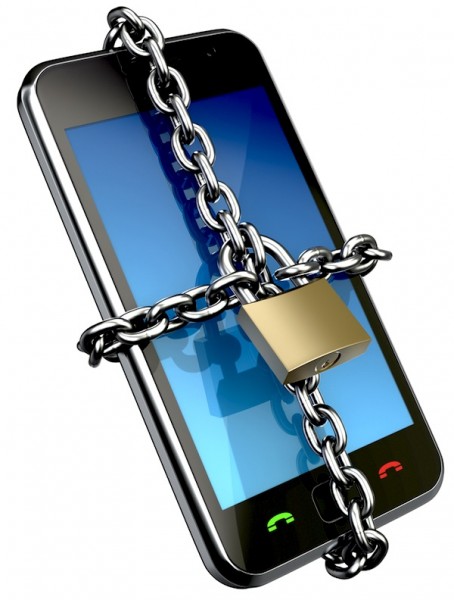
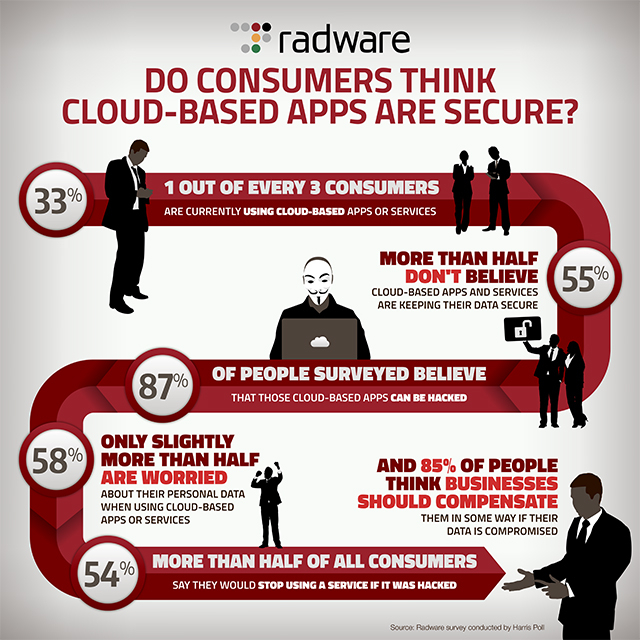

 To calculate which metros are best equipped to keep zombies out, CareerBuilder assessed each metro’s engineering prowess (looking at the percentage of each metro’s population in the civil, electrical, environmental, materials, mechanical, nuclear and engineering technician occupations); construction skills (looking at the percentage of each metro’s population in construction); and population density. (Why population density? The higher a metro’s population density, the faster its contamination rates, and the less time to organize and find a cure.) The results suggest that Denver is best prepared to fend off a zombie purge.
To calculate which metros are best equipped to keep zombies out, CareerBuilder assessed each metro’s engineering prowess (looking at the percentage of each metro’s population in the civil, electrical, environmental, materials, mechanical, nuclear and engineering technician occupations); construction skills (looking at the percentage of each metro’s population in construction); and population density. (Why population density? The higher a metro’s population density, the faster its contamination rates, and the less time to organize and find a cure.) The results suggest that Denver is best prepared to fend off a zombie purge.

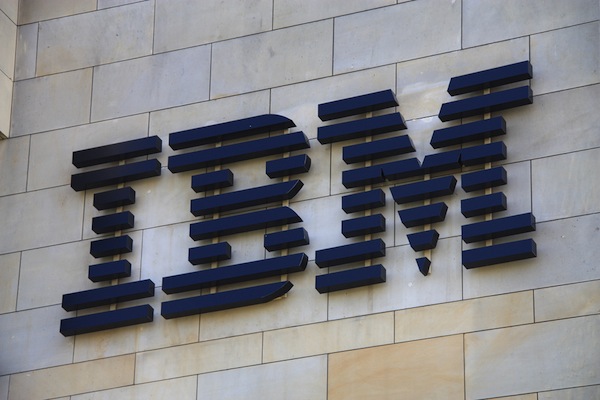

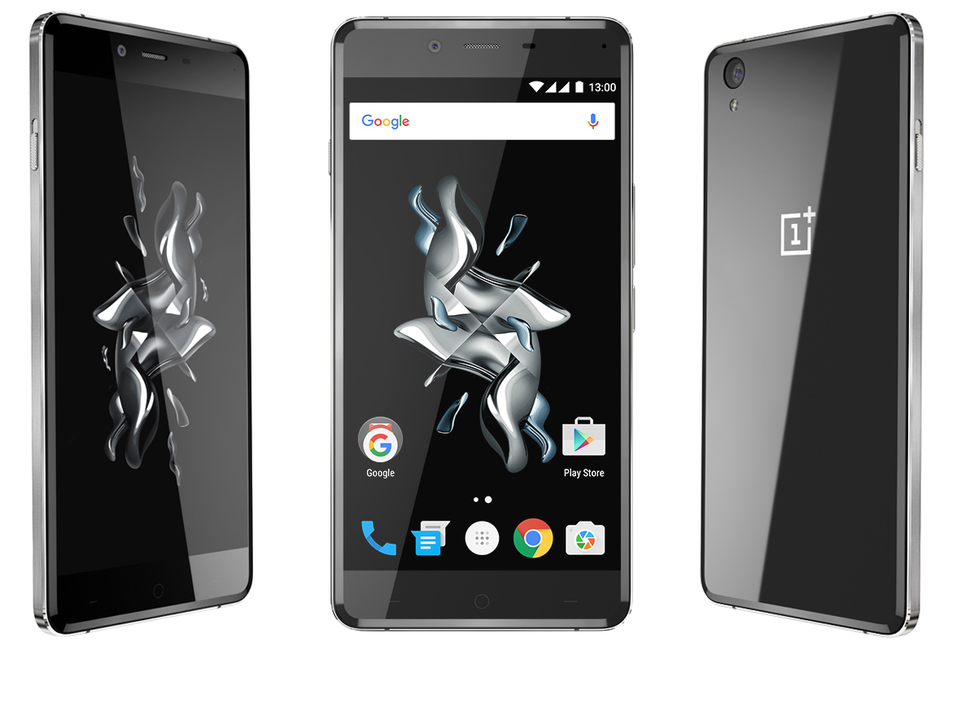
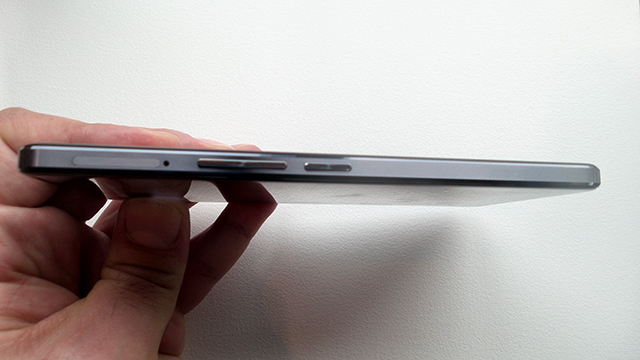
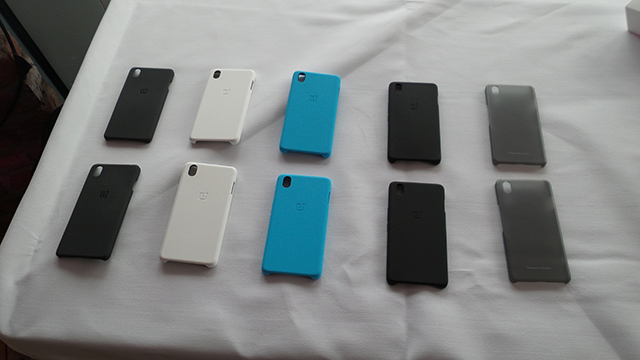
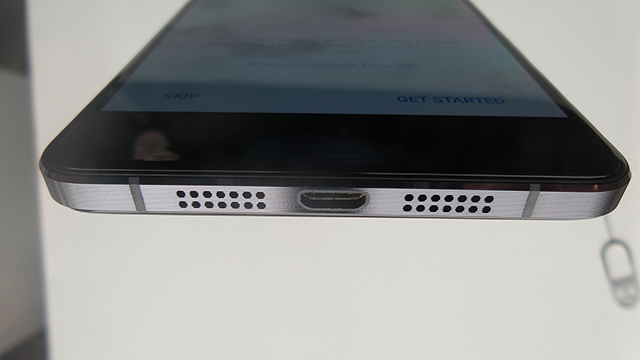
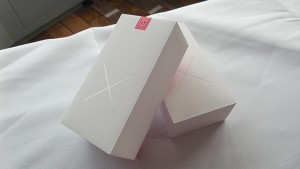
 Siamak Masnavi received his PhD in computer science (from University of London) in 1992. Since then, he has worked as a research scientist and technical author for IBM and Canon, respectively, and as a software developer for Symbian, JPMorgan Chase and PricewaterhouseCoopers. He has also done some work as a freelance journalist for publications in United Kingdom and Russia. Since January 2009, he has been writing apps for iOS and Android.
Siamak Masnavi received his PhD in computer science (from University of London) in 1992. Since then, he has worked as a research scientist and technical author for IBM and Canon, respectively, and as a software developer for Symbian, JPMorgan Chase and PricewaterhouseCoopers. He has also done some work as a freelance journalist for publications in United Kingdom and Russia. Since January 2009, he has been writing apps for iOS and Android.